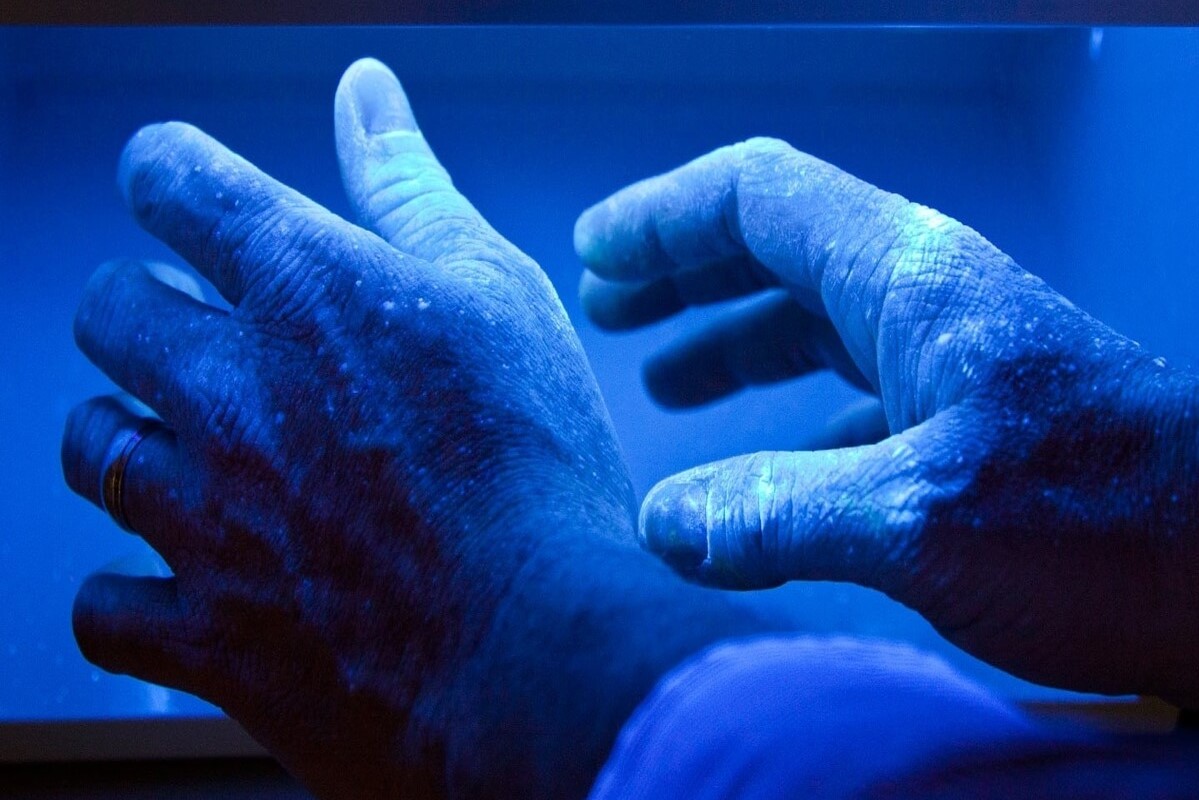
Phototherapy for the treatment of psoriasis: what it is and when it is needed
Phototherapy is usually used to treat mild forms of psoriasis affecting about one third of the body
Phototherapy for the treatment of psoriasis includes:
- Heliotherapy
- UVB broadband phototherapy
- UVB narrow-band phototherapy
- PUVA phototherapy
- Bath PUVA therapy
Heliotherapy
Heliotherapy is the most common therapy for psoriasis.
UV rays, both in the UVA and UVB band, exert a reducing effect on psoriasis.
UV rays, in fact, produce DNA dimerisation of keratinocytes, temporarily blocking mitosis.
As a result, the reduplicative cycle of keratinocytes is restored to normal and the psoriatic patch disappears.
The spectrum of solar radiation acts better than artificial UV radiation alone, so exposure to sunlight can be considered a true therapy for psoriasis.
Heliotherapy should preferably be performed in a marine environment, where it is easier to spend many hours without clothing.
Sunburn and sun erythema, which would induce an exacerbation of psoriasis, should be avoided.
Heliotherapy can be carried out, forcibly, on the Dead Sea where the UVA radiation is particularly intense and where the salinity of the sea acts as a powerful decapping agent.
UVB broadband phototherapy
Broadband UVB phototherapy (wavelength 290-320 nm) was for years the hospital treatment of psoriasis, especially in combination with mineral tar application.
Today it is all but abandoned, as it takes a long time to induce remission of the lesions.
UVB narrow-band phototherapy
This therapy requires treatment with lamps that emit in the UVB band of 311 nm.
This method, while giving appreciable results, also takes a long time and is less effective than PUVA therapy.
PUVA phototherapy
This method combines UVA phototherapy (wavelength 320-400 nm) with the psoralen methoxalene.
Methoxalene causes photosensitisation, and is taken orally two hours before photoexposure.
PUVA therapy acts both by blocking DNA synthesis, and thus cell proliferation, and by suppressing the total cell-mediated immunological response.
The greatest risk of PUVA therapy is the development of spinocellular carcinomas.
Bath PUVA therapy
In order to decrease the risk of systemic effects due to oral administration of psoralen, in this method the drug is applied via the skin, either as a lotion or dissolved directly in a tub of water where the patient is immersed before exposure to UVA radiation.
Even this method is not without risks, such as localised phototoxicity reactions and mottled pigmentation.
Currently, the use of ultraviolet rays is much more limited than in the recent past, both because of the problems of photo-induced carcinogenesis and because these methods are considered too time-consuming and expensive.
Per approfondire:
Emergency Live Even More…Live: Download The New Free App Of Your Newspaper For IOS And Android
Epidermolysis Bullosa And Skin Cancers: Diagnosis And Treatment
SkinNeutrAll®: Checkmate For Skin-Damaging And Flammable Substances
Healing Wounds And Perfusion Oximeter, New Skin-Like Sensor Can Map Blood-Oxygen Levels
Psoriasis, An Ageless Skin Disease
Psoriasis: It Gets Worse In Winter, But It’s Not Just The Cold That’s To Blame
Childhood Psoriasis: What It Is, What The Symptoms Are And How To Treat It
Topical Treatments For Psoriasis: Recommended Over-The-Counter And Prescription Options
What Are The Different Types Of Psoriasis?


